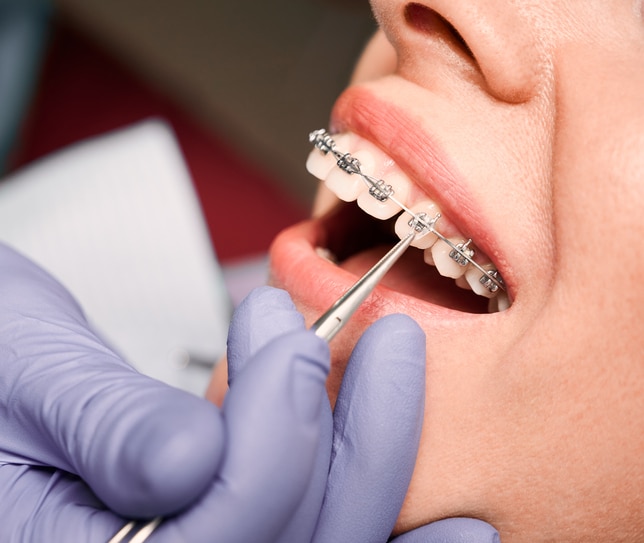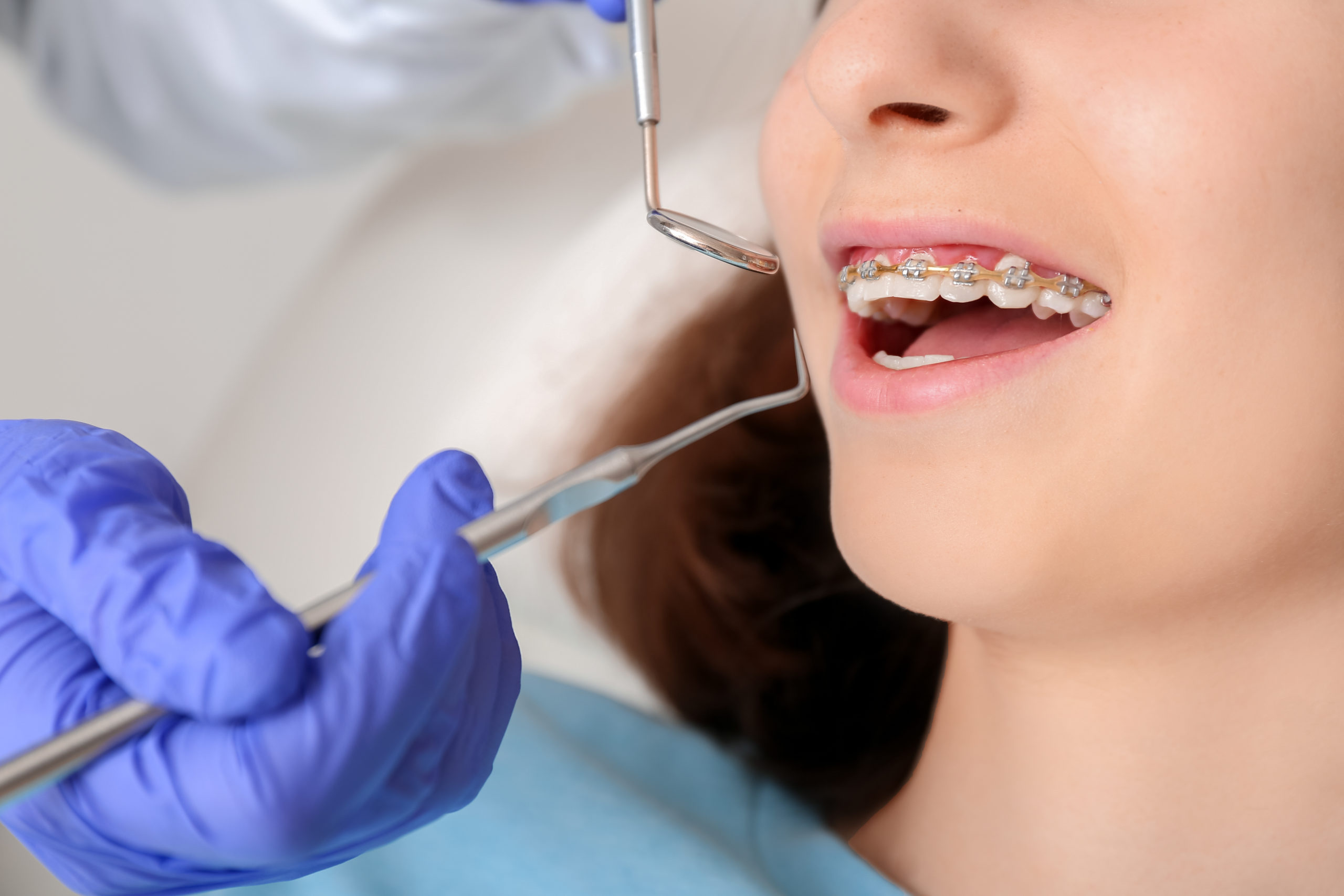Leading Tips for Selecting the most effective Cumming Orthodontist for Braces and Aligners
Comprehensive Guide to Orthodontics Procedures for Dealing With Oral Misalignments
In the realm of orthodontics, the journey to attaining a flawlessly lined up smile includes a myriad of procedures customized to remedy dental misalignments. From typical dental braces to unnoticeable aligners and even medical choices, the field of orthodontics supplies an array of remedies to attend to varying degrees of oral irregularities. Understanding the details of each treatment, including their mechanisms, advantages, and prospective drawbacks, is essential in making educated choices regarding one's orthodontic therapy. As we navigate via the detailed guide to orthodontic treatments for fixing oral misalignments, the detailed details of each approach will unravel, clarifying the course toward a practical and unified dental positioning.
Orthodontic Procedures Introduction

Normal modifications and tracking are critical parts of orthodontic therapy to ensure progression is on track and to make any type of essential modifications along the method. By going through orthodontic procedures, individuals can not only achieve a straighter grin but additionally enhance their total oral health and feature.
Traditional Dental Braces: How They Function
When taking into consideration orthodontic therapies for oral imbalances, standard dental braces stand out as a tried and true method for fixing teeth positioning. Traditional dental braces are composed of braces, cords, and bands that work together to apply continuous stress on the teeth, progressively relocating them into the desired alignment.
One key aspect of how traditional dental braces job is the procedure of bone remodeling. As pressure is applied to the teeth through the braces, the bone surrounding the teeth is improved to support the new tooth settings. This improvement is necessary for the long-term stability of the fixed placement. Clients will need normal modifications at the orthodontist's office to ensure the dental braces continue to apply the proper stress for effective teeth motion.
Unnoticeable Aligners: Cons and pros
Unseen aligners provide a practical and discreet option to typical braces for dealing with dental imbalances. These clear, custom-made trays are essentially invisible when used, making them an enticing option for individuals looking for a more visually pleasing orthodontic therapy. One of the main benefits of invisible aligners is their removability, enabling less complicated maintenance of oral health compared to typical braces. Clients can eliminate the aligners prior to consuming or brushing their teeth, decreasing the danger of food obtaining embeded the appliance and simplifying the cleansing procedure.

Surgical Orthodontic Options
Surgical treatments in orthodontics present viable alternatives for dealing with complex oral imbalances that may not be efficiently resolved via traditional orthodontic treatments. While traditional dental braces and unnoticeable aligners can remedy many orthodontic concerns, particular cases call for surgical intervention to attain optimal outcomes. Surgical orthodontic options are normally recommended for serious malocclusions, significant jaw inconsistencies, and instances where the underlying bone structure needs adjustment to attain proper positioning.
One usual surgical orthodontic procedure is orthognathic surgical treatment, which entails repositioning the jaws to fix useful concerns such as difficulty chewing or speaking. This surgical treatment is often carried out in partnership with an orthodontist that aids straighten the teeth before and that site after the procedure. Surgical orthodontics may also include procedures to subject affected teeth, get rid of excess periodontal cells, or improve the jawbone to develop an extra unified face account.
Prior to taking into consideration medical orthodontic alternatives, individuals undertake a thorough analysis to determine the necessity and potential advantages of such treatments. braces. While surgery may seem challenging, it can considerably improve both the feature and aesthetics of the smile in cases where traditional orthodontic therapies fall short
Retainers and Post-Treatment Treatment

Failure to abide with post-treatment care guidelines can result in relapse, where the teeth progressively move back in the direction of their initial settings. Regular retainer wear, good dental hygiene, and routine oral examinations are important for maintaining the results attained through orthodontic surgical treatment and ensuring the long-lasting security of the fixed oral alignment.
Final Thought
To conclude, orthodontic procedures use numerous options for remedying oral misalignments. Standard braces utilize steel braces and wires to move teeth right into proper alignment. Undetectable aligners provide a more very discreet alternative however sedation dentistry might not be ideal for all cases. Surgical orthodontic alternatives are readily available for much more serious imbalances. Retainers are commonly utilized post-treatment to keep the new positioning. On the whole, orthodontic procedures can successfully boost dental wellness and aesthetic appearance.
As we browse with the detailed guide to orthodontic procedures for correcting dental imbalances, the detailed information of each technique will unfold, shedding light on the path towards a unified and practical oral placement. - braces
One of the most common orthodontic treatments is the usage of dental braces, which consist of metal braces and cables that apply mild pressure to gradually change teeth right into the preferred position.When taking into consideration orthodontic therapies for dental imbalances, standard braces stand out as a time-tested approach for remedying teeth positioning. In addition, unnoticeable aligners may not be ideal for dentist office near me complicated orthodontic issues that require more significant teeth activity, as they are usually recommended for light to moderate instances. Retainers are customized orthodontic tools created to hold teeth in their corrected placements after the completion of orthodontic therapy.